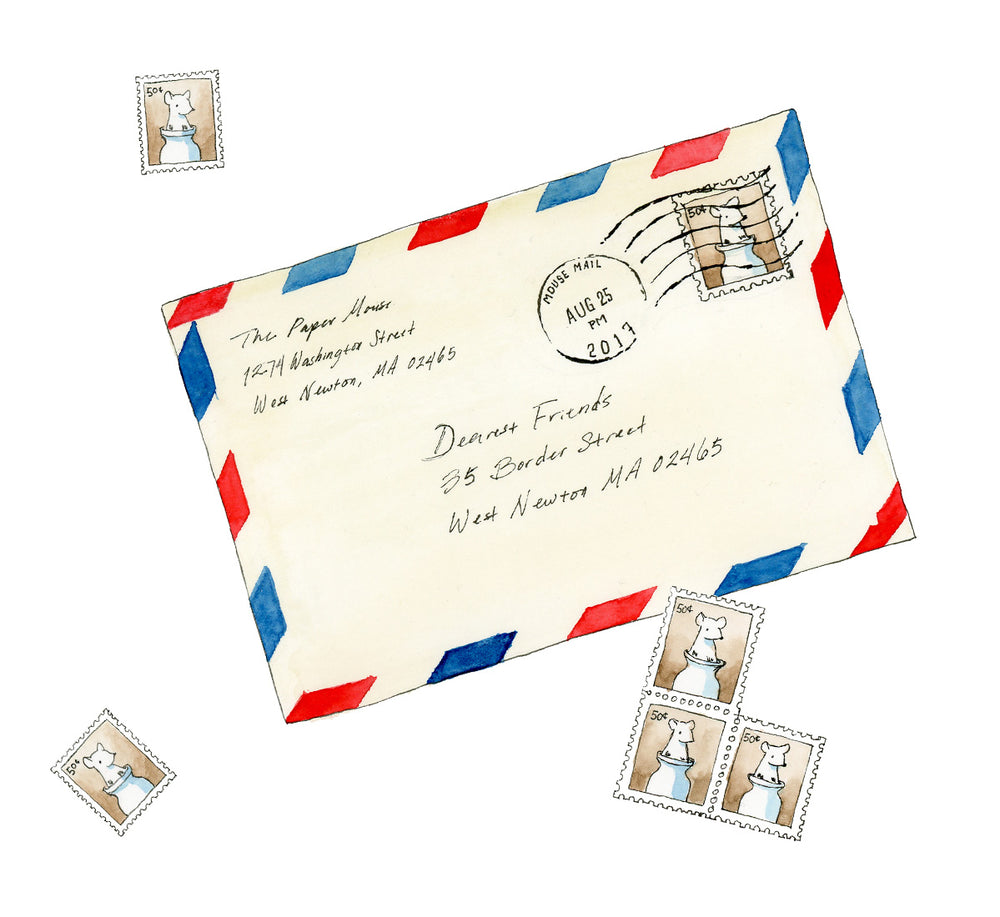Keeping a Reading Journal

When we come to the end of a good book, there’s a bittersweet moment when we want to discover what happens but we also want to slow down and make it last as long as possible. We don’t want to leave the world of the story and return to mundane reality. Nothing can entirely ward off the aimlessness we feel after a great read (except maybe starting another book), but recording our impressions in a reading journal can help us prolong the sweetness of engaging with a good book after we’ve finished.
It’s easy to forget the details of a book over time so you’re left only with a vague impression that you enjoyed it (or didn’t), without recalling why. A reading journal helps you delve more deeply into what you read as you reflect on your impressions, formulate opinions, record meaningful quotations, and fix the story in your mind. It can help you become an active reader, engaging with each book you read rather than simply letting the story wash over you. Over time, it can become a deeply personal record of your reading life, and can even help you spot patterns and themes in your reading.
But reading journals don’t have to be complicated. If you don’t have the time or patience to write in depth about each book you read, a reading journal can be as simple as a log of books you’ve read and those you want to read—a useful aid when you’re grasping for the title of a book you read months ago or trying to recall what someone just recommended to you, and a meaningful record of what you’ve read over time.
What to include in a reading journal
A reading journal is personal, and should be organized to reflect the things that matter most to you. It’s also a very versatile tool, with lots of options for what to include. Below are some ideas for what to include in your reading journal.
Titles and authors of books you’ve read. There aren’t many requirements for what you put in your reading journal, but at a minimum, you should include the titles and authors of the books you read. If you want, you can also include the date you finish each book.
Books you want to read. A reading journal is a great place to compile your to-be-read list. When you hear a recommendation for a great new book, jot it down here.
List of favorite books. Keeping a list of your favorite books can remind you to revisit old loves once in a while, help you spot favorite genres or themes, and serve as a ready-made recommendation list when someone asks you what to read next.
Additional information. In addition to title and author information, you may want to record other notes about each book such as its genre, who recommended it to you, if it was a translation, if it won any awards, and so on. Taking note of a book’s publisher and imprint can be a good way to help you find similar books you might enjoy. If you’re interested, you can also take note of design details like the cover illustration, book design, and typography.
Review system. Using a simple five-star system or a one to ten rating can be handy if you want to recall at a glance how you felt about a book.
Journal pages. If you want to dive more deeply into the books you read, keep journal pages to write about each one. In addition to information about the book, you can include notes on story and characters (or on the book’s main concepts, if nonfiction); what you liked and disliked; what the book reminded you of; what it inspired you to reflect on in your own life; and any other thoughts you want to record.
Quotations. Your reading journal is also a perfect place to record meaningful quotations or memorable passages from books you read. You can record these in book-specific journal pages, or put them all together in a general quotations section, creating your own collection of extracts that reflects your tastes.
Reading goals. Some readers love to challenge themselves and set yearly goals to read a certain number of books, cover specific genres, or take on specific reading projects (like reading all of an author’s works or finishing a long series). If you love to set reading goals, a reading journal is a great place to record challenges and track your progress.
Good notebooks for a log-style reading journal
There’s no wrong notebook to use for your reading journal, but certain features may come in handy depending on how you intend to use it.
If your goal is to keep a log-style reading journal, recording basic information about books you’ve read but not journaling at length about each one, a notebook that facilitates a list format is ideal. Tall, slim notebooks or compact lined notebooks work well for this purpose.
This pocket-sized lined notebook has checkboxes along the side, ideal for checking off books on your to-be-read list or filling in dates or ratings.
The long, skinny shape of the Traveler’s Notebook is ideal for logging book titles. You can also add calendar refills to track yearly reading goals and keep things organized by using separate refills for your to-be-read list and your book log.
Tall and skinny like the Traveler’s Notebook, this one has a wide left-hand margin that’s great for checking books off your list or filling in dates and ratings.
MD’s A6 size notebook is a compact lined notebook. Each page is lightly divided into two sections that are a perfect size for recording a small entry about each book you read, including information such as the title, author, genre, publisher, and a rating or a brief note. This notebook comes with labels so you can label the spine and cover and create a little library of book logs over time.
This little hardcover lined notepad has numbered pages and a table of contents, handy if you want to divide your log into sections or keep track of where a new year’s reading starts.
Good notebooks for an in-depth reading journal
If you enjoy journaling and want to keep a more in-depth reading journal with impressions of each book you read, a larger journal will give you more space for reflection. Lined notebooks with some extra organizational features are ideal for this purpose.
Logical Prime Notebook and Mnemosyne Lined Notebook
These two lined notebooks have spaces for a heading at the top of each page, perfect for adding a book’s title, author, and date so you can easily flip through your journal to reference different entries.
Leuchtturm Notebook and Blackwing Slate Notebook
These two notebooks have an index and numbered pages, so you can write the titles of books in the index and journal about them on the corresponding pages.
This structured notebook is designed for writing reviews, so it makes a great book journal as long as you don’t mind keeping your review down to a page in length. It even has a built-in five-star rating system.
People enjoy using the Hobonichi planner for all sorts of purposes other than daily planning, and it makes a great book journal. It has an index corresponding to each daily planner page, so you can write book titles in the index and journal about each book in the daily pages. It has a My 100 list in the back that makes a perfect to-be-read list. And if you like to set goals for reading a certain number of books in the year, then the dates of the planner can help you stay on track.
Do you keep a reading journal? What do you record in yoursl? Let us know in the comments below!












Leave a comment